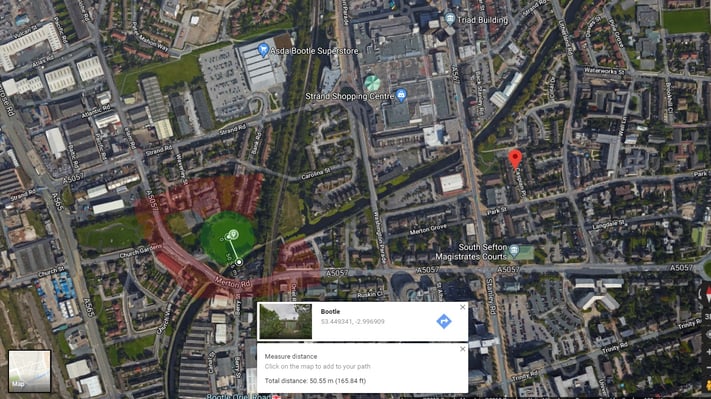When you want to fly your drone in a city or a congested area you are sometimes faced with a number of obstacles as an operator, which can sometimes be helped by having an OSC (Operating Safety Case) from the CAA.
Most of these obstacles, however, can be worked around with the right planning and preparation, and an OSC isn't always necessary. We'll look at the methods that we, as professional drone operators use every day of the week to safely plan, manage and conduct safe flight operations.

Plan in advance
Don't go thinking that you can simply turn up in a city for commercial work without putting planning into place first, the same goes for any drone operation. Put what you are taught during your drone course into practice.
Let's look into a bit more detail about how you should plan.
Find an Area Large Enough to Safely Take Off and Land
Finding an area to take off and land your drone safely is key to flying in a congested area and is usually the biggest obstacle. Look for areas that have enough open space like car parks and public parks that with enough time and support you can cordon off an area and control the situation.
Use Google Maps to make sure you can keep your separation distances and really ask yourself, do I need to move my drone horizontally or can I get the shot by simply going vertical? A jib style shot looks very cinematic!

Get Permission from the Land Owners
Now you've found your ideal take-off and landing area, you want to make sure that you have the landowners permission. This isn't always easy to find but not impossible. Start with the council. Some councils today have a dedicated Film Office that you can liaise with, otherwise, you may have to do a bit of detective work.
HM Land Registry has a very helpful blog called Registered or unregistered land, that is the question to help you get started in your new role as a detective.
If you are filming in publicly owned spaces you will likely need permission from the city council to film there. There are a number of items they may need from you in the application and don't be surprised if they charge you a fee.
So make sure you have:
- Your Operational Authorisation
- Public Liability Insurance
- Risk Assessment
- Method Statement
Make sure to check out our blog How do I Find Landowners to Get Permission to Fly My Drone.
Control the Situation
If you've made it this far well done! These tips below should be put into practice and be included in your Risk Assessment and Method Statements (RAMS).
Use Physical Barriers
When you fly in a congested area or at a location with a guaranteed flow of traffic, you should cordon off the area that we wish to take off and land with your drone. A physical barrier such as cones and tape will put most people off from coming within the area that you are operating.
Use Ground Support
Flying a drone in a city is virtually impossible for someone to do on their own. You need at the very least a spotter in addition to your camera operator (if you have one). If budget allows when you are operating in a congested area, have an additional spotter or see if the client is willing to act as a spotter. The more people you have to control the situation the greater the chances you have of:
- Getting permission from the local authorities
- Enforcing your cordoned area
- Avoiding an incident with a member of the public
- Having to talk to the public whilst you are flying
Point 4 is very beneficial from a drone pilots point of view. You don't want to be distracted whilst flying from people questioning you. Have your spotter deal with the situation until you can land safely.
That's it really. Flying your drone in a City is not impossible but it does take careful planning and consideration. We have flown in London, Liverpool & Oxford without an Operating Safety Case on an aircraft like the DJI Inspire 2 and still achieved the Directors' vision.

Don't forget the key points:
- Find your suitable take-off and land points
- Get landowners permission
- Do a Risk Assessment & Method Statement
- Control the situation
- Use ground support
Have you got any tips or advice from your experience of flying drones in congested areas without an OSC? Get in touch and share your experiences.


